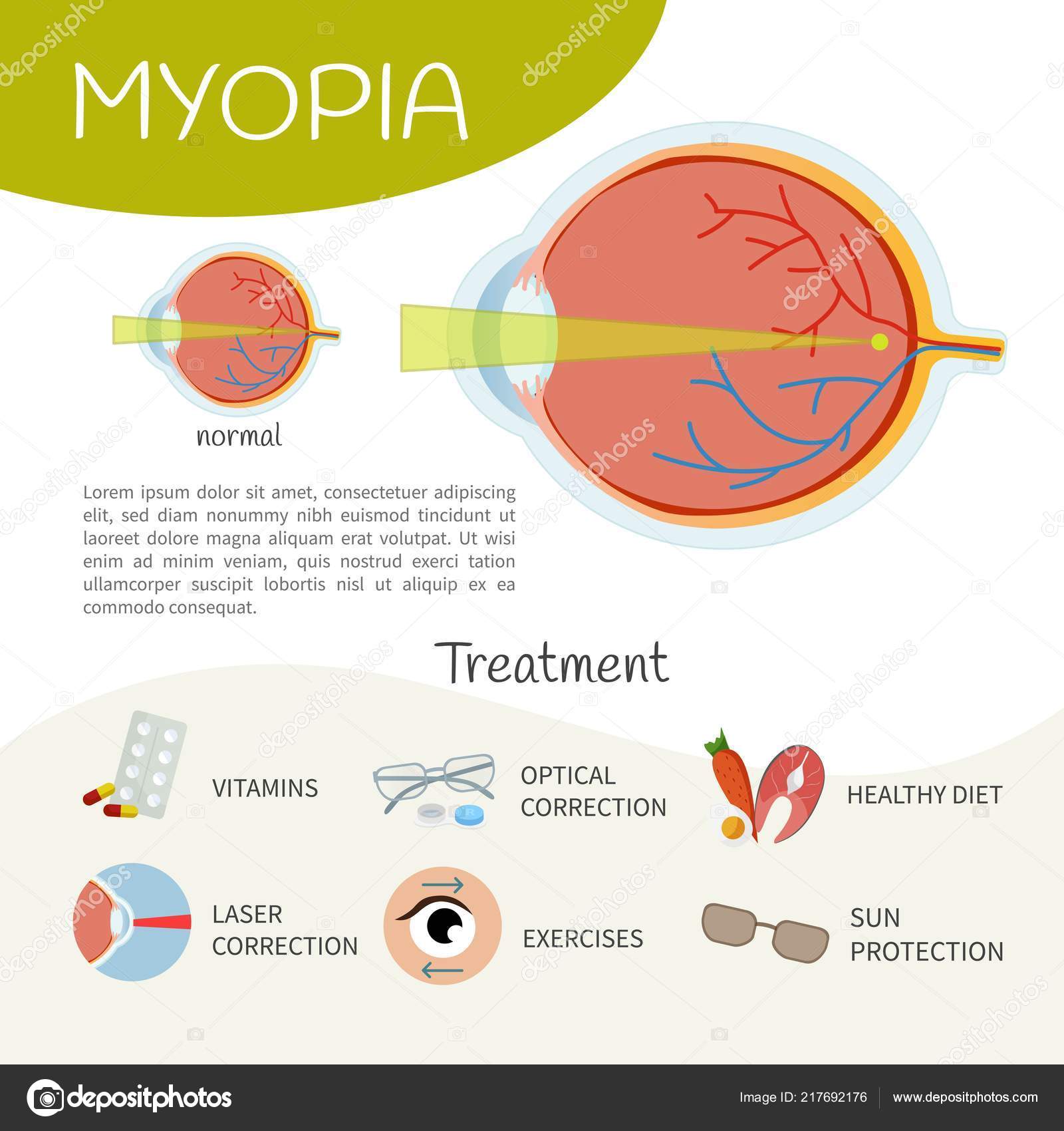What Are The Differences And Similarities Between SMILE Eye Surgery And LASIK And PRK?
What Are The Differences And Similarities Between SMILE Eye Surgery And LASIK And PRK?
Blog Article
Web Content Create By-Munksgaard Waller
If you've been taking into consideration SMILE eye surgery, you could ask yourself exactly how it stacks up against LASIK and PRK. Each treatment has its very own collection of advantages and factors to consider. From quicker recovery times to prospective dangers, there are key distinctions you must recognize prior to choosing. Understanding these distinctions will certainly help you make an educated choice that straightens with your certain needs and expectations. Curious to know more about just how these treatments contrast thoroughly? Keep exploring to get a detailed understanding of SMILE, LASIK, and PRK.
SMILE Eye Surgery Introduction
If you're thinking about SMILE eye surgery, you'll locate it to be a minimally intrusive procedure with a quick healing time. Throughout SMILE (Tiny Incision Lenticule Extraction), a laser is used to create a little, specific incision in the cornea to remove a small item of tissue, improving it to fix your vision. This differs from LASIK, where a flap is produced, and PRK, where the outer layer of the cornea is entirely removed.
One of the crucial advantages of SMILE is its minimally invasive nature, resulting in a faster healing procedure and less discomfort post-surgery. The recovery time for SMILE is relatively fast, with several clients experiencing boosted vision within a day or two. This makes it a prominent choice for those seeking a hassle-free and effective vision correction procedure. Furthermore, continue reading this has been revealed to have a lower danger of completely dry eye syndrome contrasted to LASIK, making it a positive choice for individuals worried regarding this prospective adverse effects.
Differences In Between SMILE, LASIK, and PRK
When contrasting SMILE, LASIK, and PRK eye surgeries, it is essential to comprehend the unique methods used in each procedure for vision improvement.
SMILE (Little Incision Lenticule Extraction) is a minimally intrusive treatment that involves developing a tiny laceration to extract a lenticule from the cornea, reshaping it to correct vision.
LASIK (Laser-Assisted In Situ Keratomileusis) involves producing a thin flap on the cornea, using a laser to reshape the underlying tissue, and then repositioning the flap.
PRK (Photorefractive Keratectomy) removes the outer layer of the cornea before reshaping the tissue with a laser.
The major distinction depends on the way the cornea is accessed and dealt with. LASIK Halos is flapless, making it an excellent option for individuals with thin corneas or those associated with call sports. LASIK uses fast aesthetic recovery as a result of the flap production, yet it may pose a greater threat of flap-related issues. PRK, although having a longer recovery duration, stays clear of flap-related concerns entirely.
Comprehending these variations is vital in choosing the most appropriate procedure for your vision improvement needs.
Advantages And Disadvantages Contrast
To review the benefits and drawbacks of SMILE, LASIK, and PRK eye surgical treatments, it's essential to take into consideration the specific advantages and prospective restrictions of each treatment. SMILE surgical treatment provides the advantage of a minimally intrusive treatment, with a smaller laceration and potentially quicker recovery time contrasted to LASIK and PRK. It also lowers the risk of completely dry eye post-surgery, an usual adverse effects of LASIK. Nevertheless, SMILE may have limitations in dealing with higher levels of myopia or astigmatism contrasted to LASIK.
LASIK surgical treatment provides quick visual recuperation and marginal pain during the treatment. It's very efficient in dealing with a large range of refractive mistakes, including nearsightedness, hyperopia, and astigmatism. Yet, LASIK carries a danger of flap problems, which can affect the corneal framework.
PRK eye surgical treatment, while not as popular as LASIK, prevents producing a corneal flap, lowering the risk of flap-related difficulties. It appropriates for people with thin corneas or irregular corneal surface areas. Nonetheless, PRK has a longer recuperation time and may include much more pain during the healing process.
Verdict
So, when it involves picking in between SMILE, LASIK, and PRK, consider it like selecting the ideal set of footwear. SMILE resembles a smooth, comfy set of tennis shoes - quick and very easy.
LASIK is a lot more like trendy high heels - flashy and quickly, but with some possible risks.
cataract surgery can you drive after is like tough treking boots - dependable and resilient, however requiring a bit more time and effort.
Inevitably, the very best option depends on your private demands and preferences.
